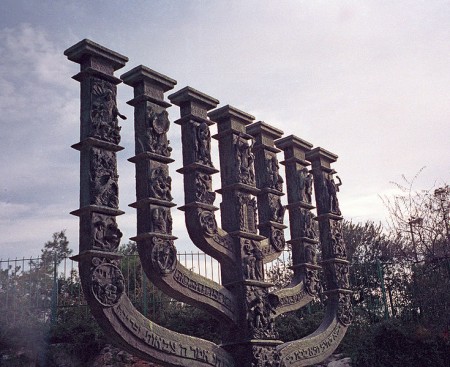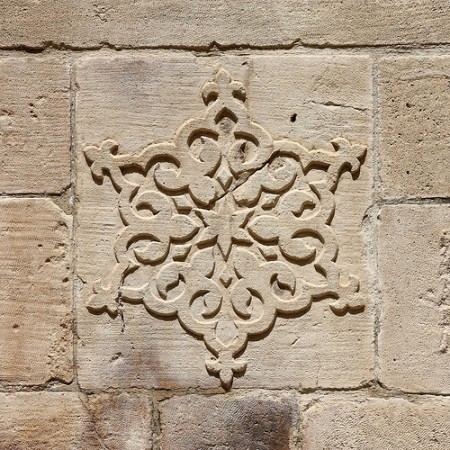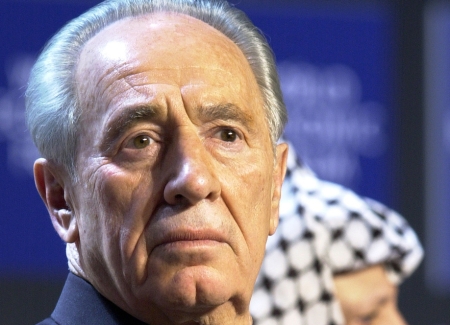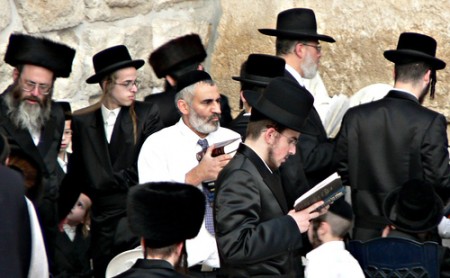In our latest Special Report we explored the heterogeneity and complexity of Israeli society- now you can put your knowledge to the test!
[QUIZZIN 29]
In our latest Special Report we explored the heterogeneity and complexity of Israeli society- now you can put your knowledge to the test!
[QUIZZIN 29]

The heterogeneity and complexity of Israeli society is often ignored in the mainstream media, which focuses almost exclusively on Israeli foreign policy and the Arab-Israeli conflict. This week the ISN takes a closer look at the dynamics of Israeli society today, revealing a broad range of political viewpoints and visions of what the state of Israel is all about.
This week’s Special Report contains the following content, easily navigated along the tab structure above:

The Arab community has always publicly supported its Muslim counterparts. As a result there is an alliance among these states in opposition to Israel and the occupation of Palestine. However, it appears that behind the facade of Arab unity lies a game of dirty politics, where each state acts in self-interest often in contrast to the projected image of unity and loyalty.
A recent article by The Times publicized Saudi Arabia’s green light to Israel to use its air space to attack Iran’s nuclear facilities. This is surprising as it pits Muslim states against each other openly and brings the reality of Arab loyalty into question.
In order to attack Iran’s nuclear sites, Israel has the choice of three routes. The northern route involves passing the Syrian-Turkish border. The central route goes over Jordan and Iraq, while the third southern route goes through Saudi Arabia and Iraq or Kuwait. So let’s assess where these Middle Eastern states stand.

After years of speculation, journalists from the UK paper the Guardian and US historian Sasha Polakow-Suransky disclosed information that could prove what many had been suspecting for years: Israel has the bomb.
Polakow-Suransky came across a bundle of classified documents when conducting research in South Africa. These papers were handed over by the current South African ANC government but date back to the times of the Apartheid regime in 1975. The documents include a memo, meeting minutes, as well as an agreement between South Africa and Israel for the transfer of nuclear weapons to the Apartheid regime signed by Shimon Peres – the current president of Israel and then minister of defense.
If the authenticity of the documents is verified, this would be the first time the world has written proof about Israel being a nuclear power and the implications thereof are not yet sorted out.
What will happen to the current multilateral negations on nuclear non-proliferation and the specific case of Iran? Just in this month, Iran agreed to abandon its nuclear enrichment research program and to cooperate with Turkey. How will the Iranians now perceive the new development and the factual existence of a hostile nuclear power in the region? Moreover, how is Israel going to position itself once it can no longer deny to be in possession of nuclear weapons?
President Peres immediately denied any involvement of Israel and himself in negotiations on the exchange of nuclear weapons with the South African Apartheid regime. Nonetheless, Israeli government officials tried to block the South African government from handing out the respective documents to Mr. Polakow-Suransky, giving rise to the question why the Israelis care about these papers in the first place.
For further reading:
– The Guardian Article on “Israel’s Nuclear Weapons: Time to Come Clean”
– Israel-South Africa Agreement
– Letter from Shimon Peres from November 11, 1974
– Declassified memo from South African General RF Armstrong
– Minutes of third ISSA meeting from June 30, 1975
– Minutes of further ISSA meeting

Recently, Israel has experienced several inner conflicts. But this time, Palestinians have nothing to do with them. It is a series of conflicts and tensions between the two faces of the Israeli population: Orthodox Jews and secular Jews. As a report by the Institute for National Security Studies of Tel Aviv mentions, “a different but no less serious challenge to Israel is the deep ideological divisions among the Jews themselves.”
Examples of this division can be observed almost daily in the local media. From the settlement policy to the future of Palestine, the ideological difference is clear. Part of the Orthodox minority, most of them are settlers, is determined to occupy, if not conquer, the land they believe God gave them. As a short example of their determination, the government needed 40,000 troops and policemen and months of preparation to remove fewer than 8,000 settlers from the Gaza Strip over a period of a few months.
Until recently, this minority had little to say in terms of national policy. But the last election that saw Israeli Prime Minister Binyamin Netanyahu gathering a right-wing coalition changed the presence of the orthodox group on the political stage. The coalition government now includes several members of the Shas party and even one member of The Jewish Home. Theses religious parties are strong advocates of the presence of the Halakha, the Jewish law, in Israeli law. This once-stable coalition is now starting to fall apart: